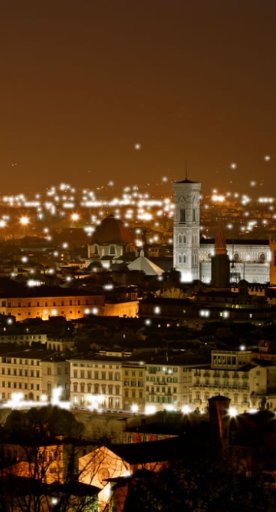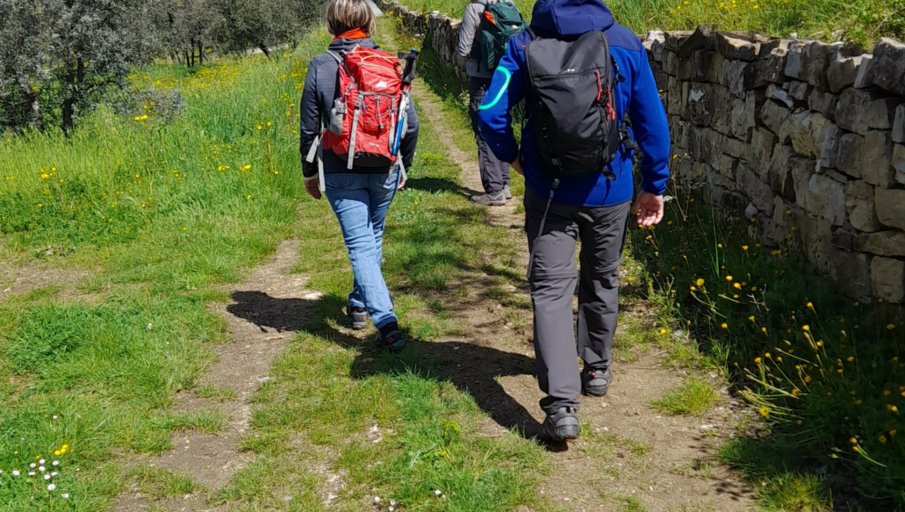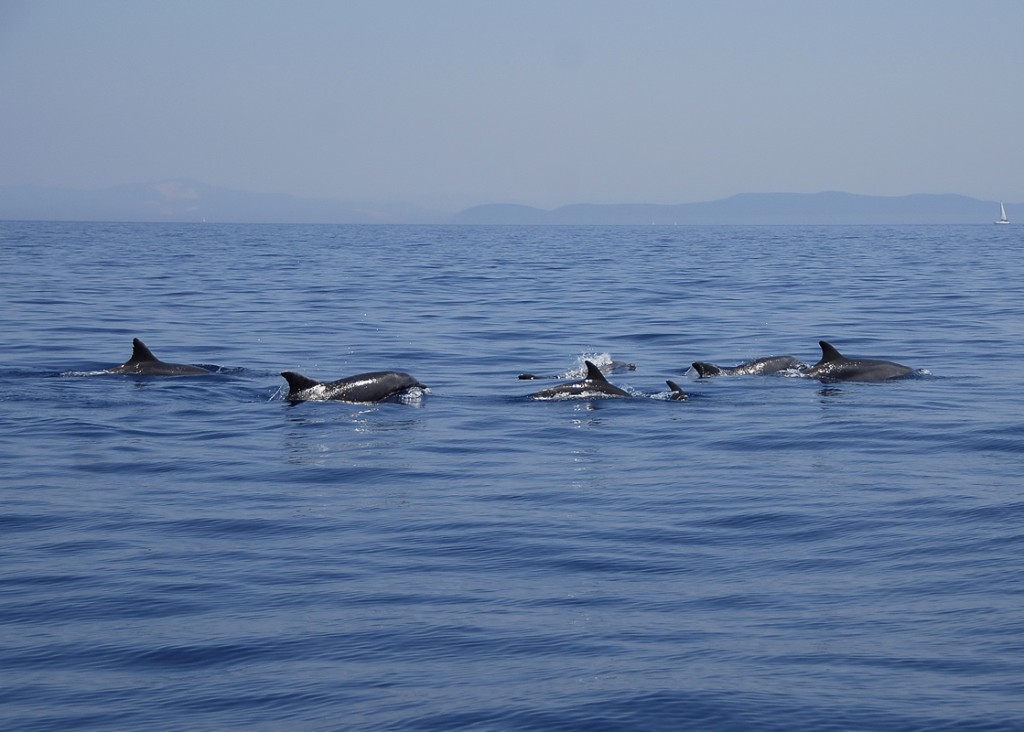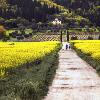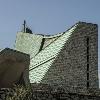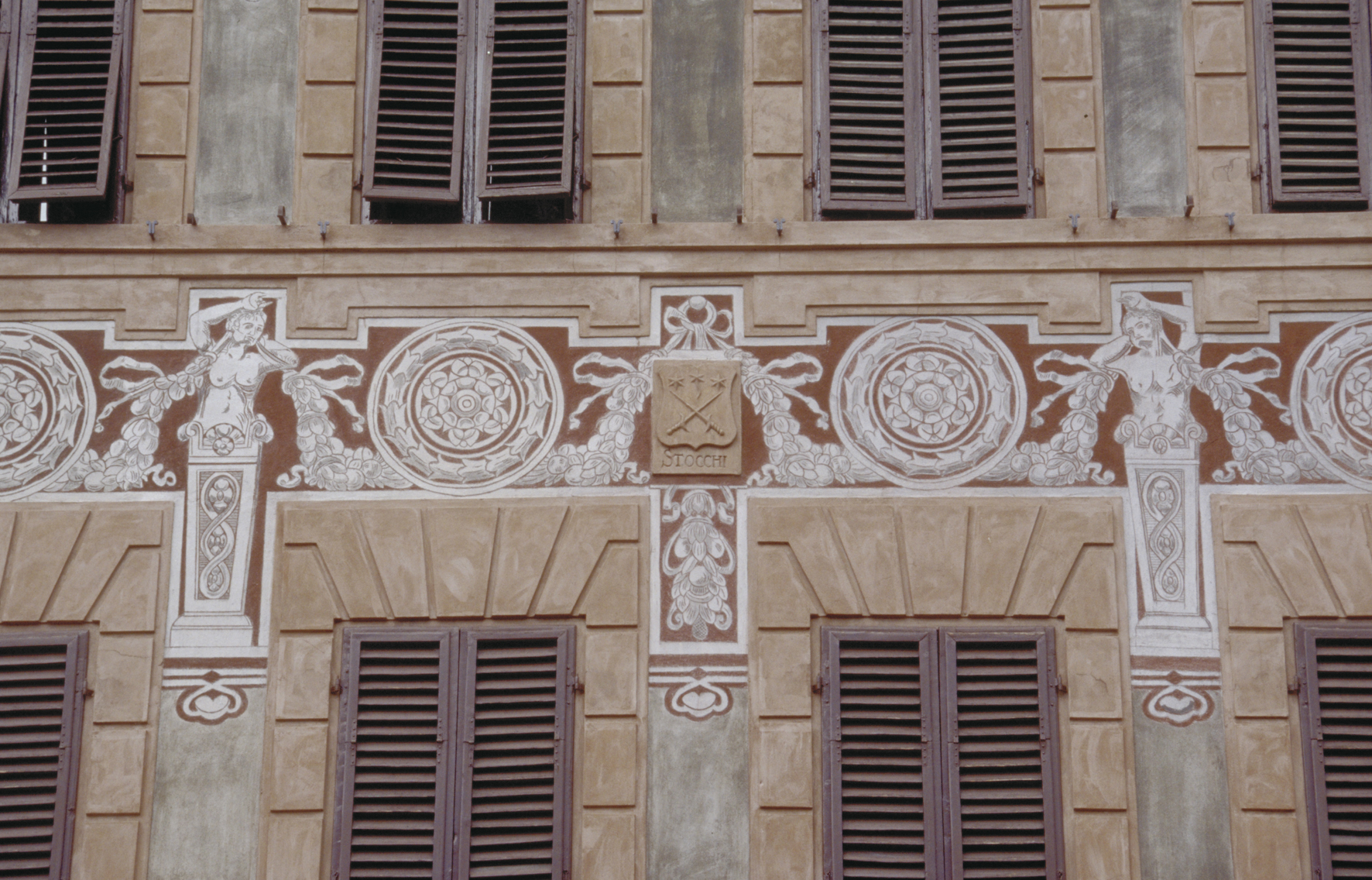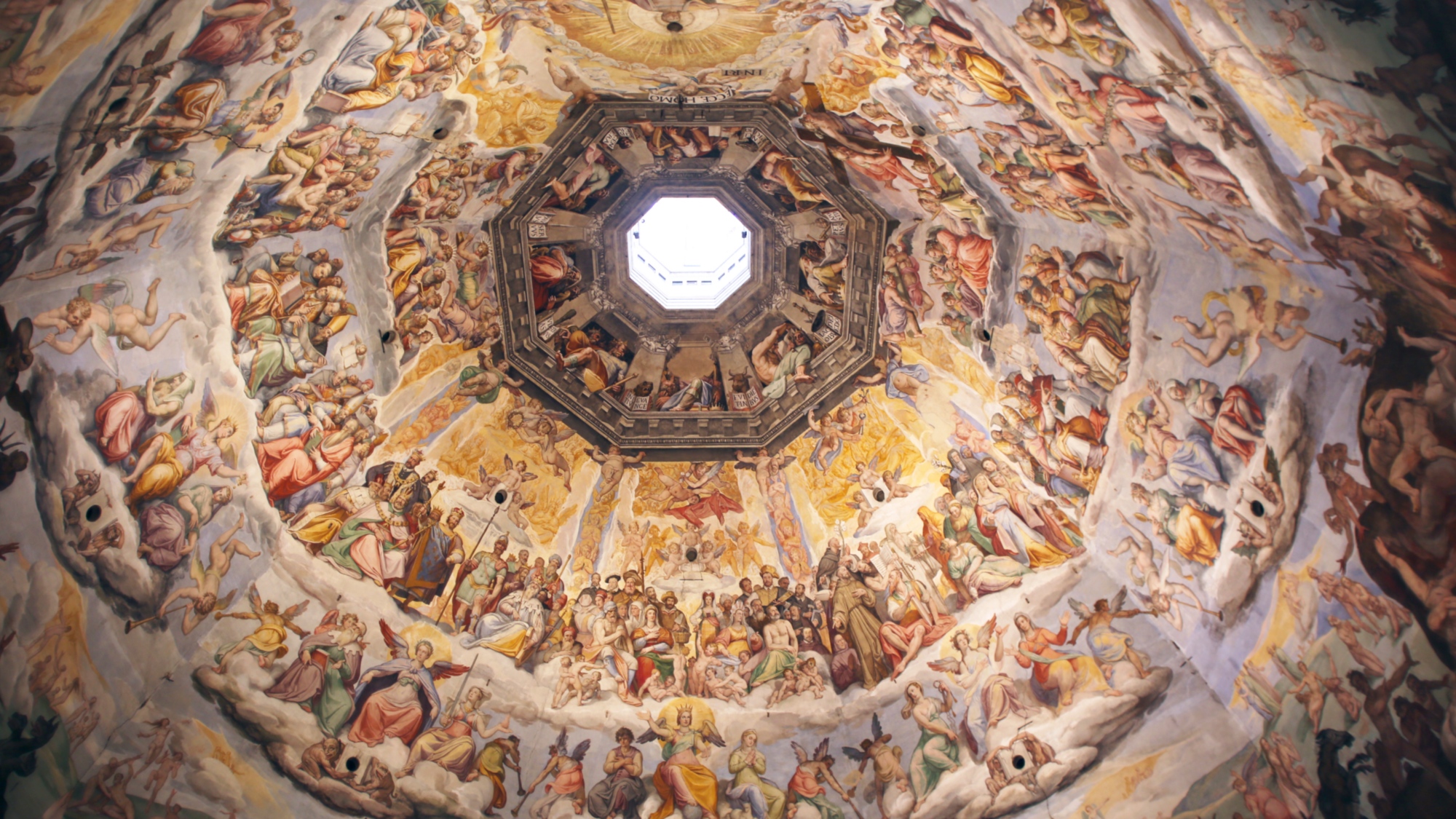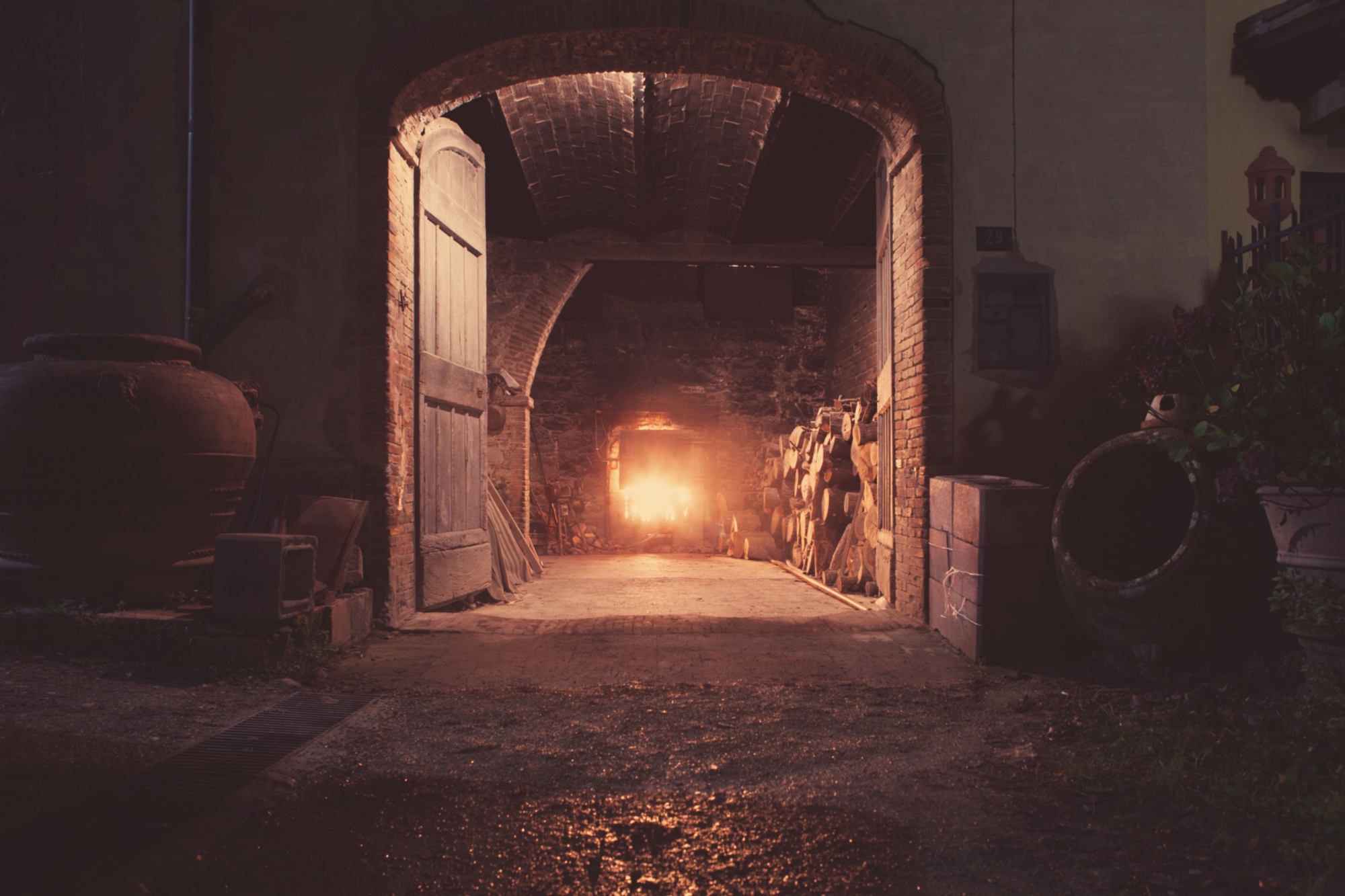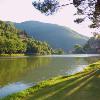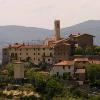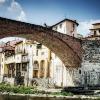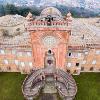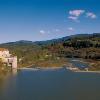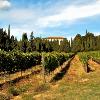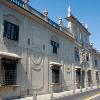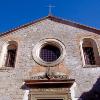The Londa territory has been inhabited since the Etruscan era, evidenced by the discovery of houses dating to the 6th century BCE and the so-called Londa Stele, today held in the National Archaeological Museum in Florence.
In addition to these, the Etruscans also left traces of their time here in the names of the municipality’s hamlets, called Rata, Rincine, Vicorati and Vierle. On the contrary, the names of the hamlets of Bucigna, Caiano, Caspriano and Petroio date to the 3rd century BCE, when the Romans first began to settle in the area.
During the Middle Ages, the area was controlled by the Guidi Counts, who later gave it to the Bardi family. Between the 15th and 17th centuries, Londa held the status of county, tied to the San Lorino Castle. Feoffed to the Guadagni family, it once again became fully part of the Grand Duchy’s realm after Pietro Leopoldo d’Asburgo Lorena’s reforms.







